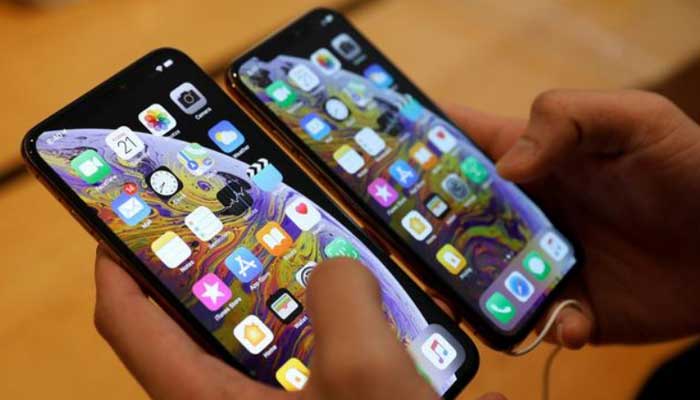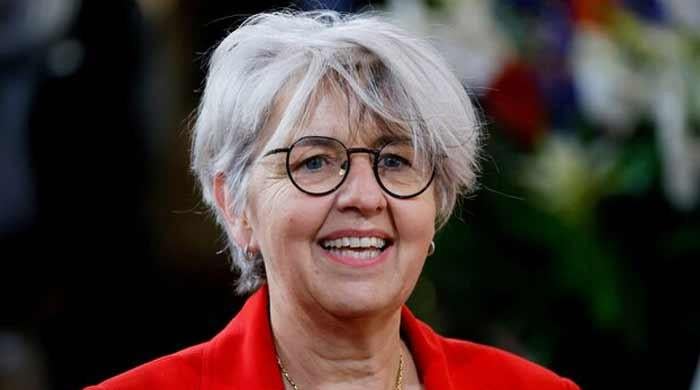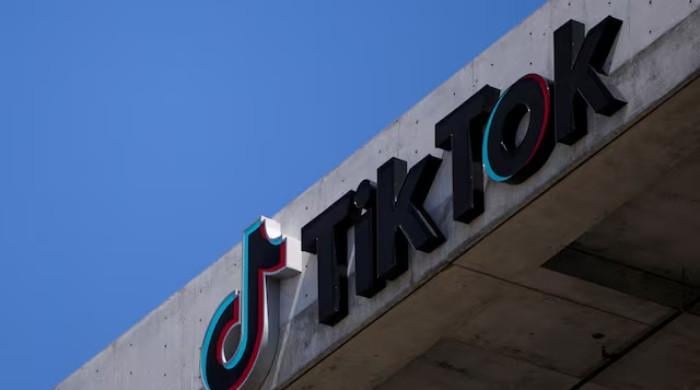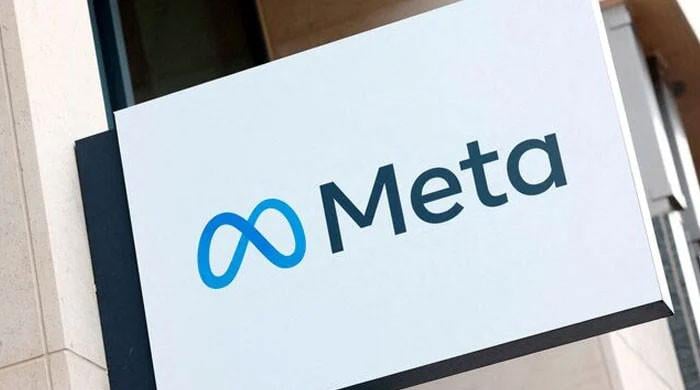Pakistani women 35% less likely than men to own mobile phone: report
Many women in Pakistan use mobile phones, services registered under names of male relatives
July 15, 2025

A diagnostic report titled "Pakistan's Digital Ecosystem" by Asian Development Bank highlights findings from GSMA’s 2023 Mobile Gender Gap Report, which shows that women in Pakistan are 35% less likely than men to own a mobile phone (with ownership rates at 52% for women and 81% for men), and 38% less likely to use mobile internet.
However, it's important to note that many women in Pakistan use mobile phones and services registered under the names of male relatives, making it difficult to accurately determine how many women actually have internet access.
Some of the barriers responsible for the large gender digital divide are:
- Lack of family approval (which was the top-reported barrier till 2019, now ranks 2nd);
- Online harassment impacting women disproportionately (5% of women express concerns about unwanted calls and messages, against 3% of men); 2% of women expressing worries about the theft or misuse of their identity or private information whereas men do not share similar concerns;
- Digital skills gaps (women make up only 14% of ICT graduates); computer literacy seeing a 35% gender gap, showing women’s marginalisation;
- Rural women facing additional barriers spanning skills, cultural constraints, security concerns and cost challenges.
The report further highlighted that issues like affordability and digital literacy deepen the already existing digital divide between urban and rural areas. While people in cities generally have access to broadband internet, many remote rural areas still lack the necessary infrastructure to connect to the digital world.
Even where internet access exists, high costs of digital devices pose a major obstacle, particularly for low-income individuals. Limited digital literacy—especially among women and those in rural regions—worsens this gap.
Closing this digital divide requires addressing multiple factors, including infrastructure availability, affordability, digital education, and sociocultural challenges. Ensuring equal access to technology is essential for all citizens to benefit from its transformative potential.
Pakistan’s digital environment shows stark regional inequalities in internet access and usage. Rural regions — home to over 60% of the population — lag behind urban areas in both internet connectivity and mobile ownership. Differences also exist in mobile network speeds and infrastructure quality, pointing to an uneven distribution of digital resources.
At this critical point in its digital development, Pakistan is experiencing rapid technological change, including advancements in cloud computing, automation, and hybrid work environments. These innovations are reshaping industries and public services.
While progress has been made, Pakistan still has significant opportunities to accelerate its digital growth and stay aligned with regional and global digital trends.









